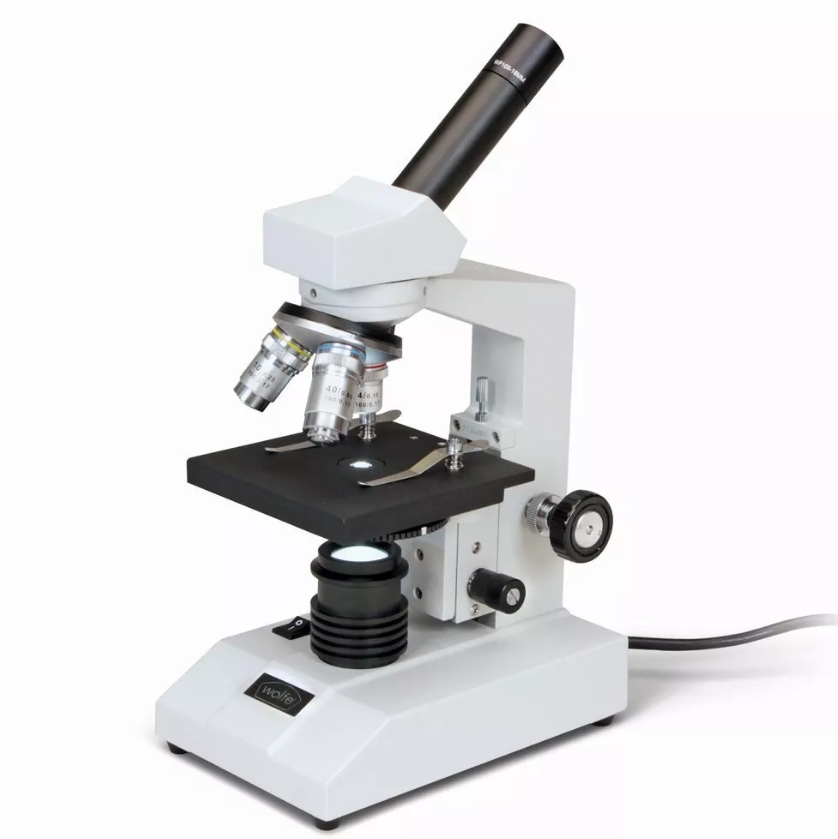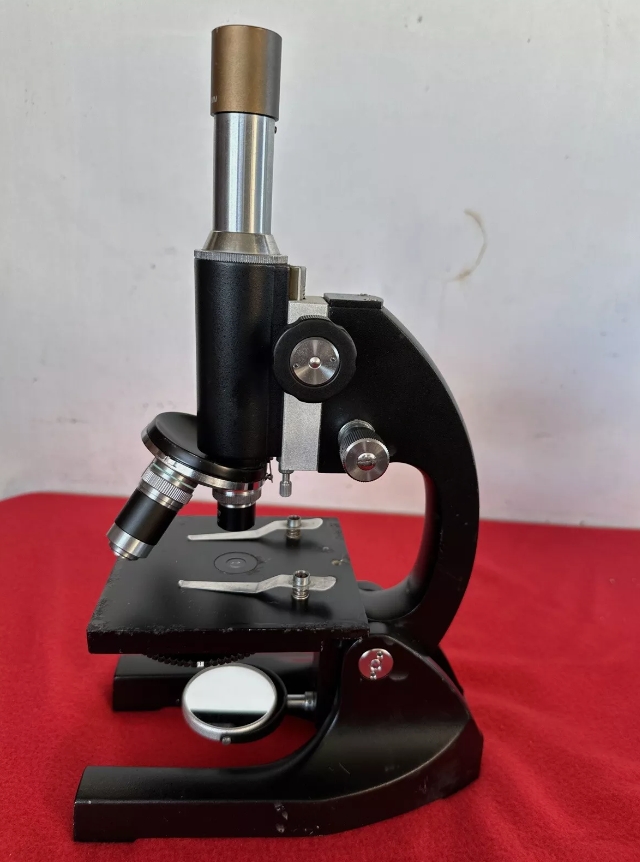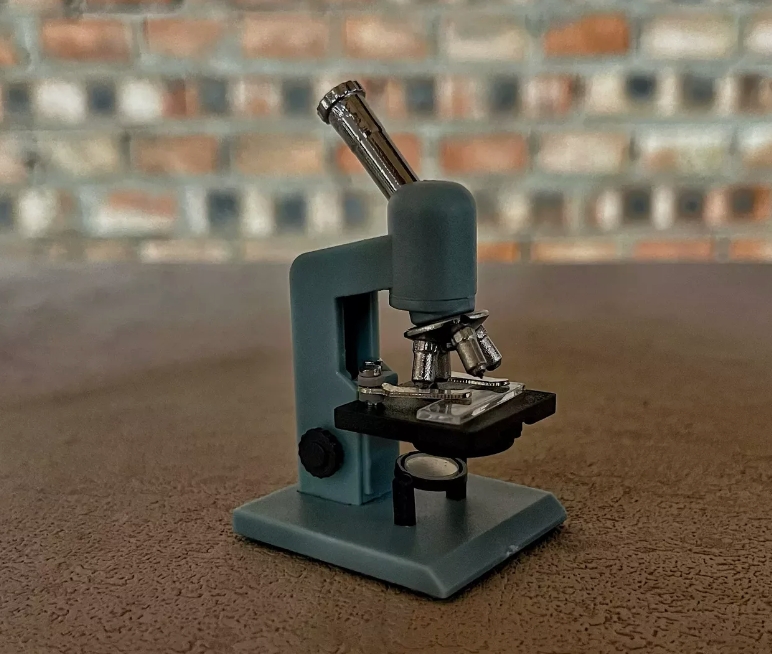The microscope is an important optical instrument used to observe tiny objects and their detailed structures. Its working principle is based on the refraction and amplification of light, through multiple lens systems to achieve an enlarged image of the object. Microscopes can be divided into two categories: optical microscopy and electron microscopy, the former mainly uses visible light for observation, the latter uses electron beams instead of light beams, with higher resolution.
Optical microscopes are the most common type and usually consist of an objective lens, eyepiece, and lighting system. The objective lens is responsible for forming an initial enlarged image of the object, and the eyepiece further enlarges that image, allowing the observer to see details clearly. By adjusting the combination of objective and eyepiece, different magnification and field of view can be achieved. The resolution of the optical microscope is generally about 200 nanometers, which is suitable for observing biological samples such as cells and tissue slices.
Electron microscopes use electron beams for imaging, and their resolution can reach the sub-nanometer level, far exceeding that of light microscopes. Electron microscope is divided into transmission electron microscope and scanning electron microscope. The former uses electrons to form images through the sample, which is suitable for observing the internal structure of the sample. The latter scans the surface of a sample to obtain a three-dimensional image and is often used in materials research and surface analysis. Although the electron microscope is relatively complex to operate and the sample preparation process is demanding, its high resolution makes it indispensable in scientific research.
Microscopes have a wide range of applications, including biology, medicine, materials science and many other fields. In biological research, microscopes are used to analyze cell structures, observe microorganisms, and detect diseases.




